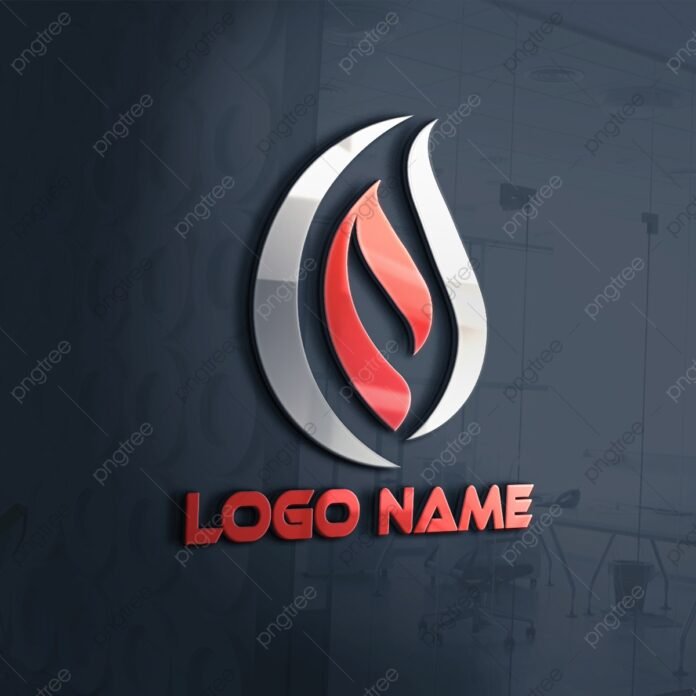We all know how important a logo is for your business, and if you’re looking to create one, this article will help.
In it, we’ll cover some of the most common mistakes people make when creating their logos. A free logo generator tool is the best option if you want to choose the easiest and fastest option to create your own logo. We’ll also provide you with some helpful tips on avoiding these mistakes to create a truly professional and effective logo for yourself.
Who are you?
So, you have a business and want to create a professional logo. You should start by asking yourself:
- Who are you?
- What is your brand?
- What is your message?
- What is your mission?
- Who are your customers/clients/audience, who do they need to be and what do they need from you (or so) to be satisfied?
You also need to understand what competitors do, their logos and how they differ from yours. If there are no direct competitors on the market yet – think about what would distinguish yours from any other company out there that could be an indirect competitor (or even direct one).
Define your brand identity.
Your brand identity is the set of values, feelings, and experiences that make up an organization. It’s your promise to customers about who you are (and what you stand for).
Here are a few examples of brand identities:
- Starbucks: Coffee for everyone.
- Pizza Hut: Delivery in 30 minutes or less.
- Apple: Technology for everyone.
What do you want to achieve?
So, you’ve decided to create a logo for your business. Great! But before you get started, there are a few things you should know about logos. What is a logo? Well, it’s the visual representation of a company or brand. It can be anything from an icon (like Apple’s apple) to a slogan (like Nike’s Just do it!). Logos have many uses and purposes in the business world; they can:
- Help people remember your product or service
- Represent what makes your business unique
- Tell people who own the company
Research your competitors.
You need to research your competitors. You can do this by looking at the logos of similar businesses or products that offer a similar service, and you want to find out what they did right (or wrong).
You should also be able to see if they have a certain style or color palette throughout their branding, as well as what fonts they use. These are all elements that will help you define your own logo’s look and feel.
Finally, note any visual metaphors in their logos—these may give you some inspiration for imagery that would work for yours.
Choose the right typography.
Now that you understand the professional logo design process, it’s time to choose your font. The best fonts for logos contain simple, clear letters that are easy to read and don’t distract from your brand. Avoid using script fonts or decorative lettering styles because they may make your logo hard to understand.
Professional fonts are usually more expensive than free ones, but that doesn’t mean you need to pay hundreds. Font Squirrel, DaFont, and TypeKit offer thousands of quality typefaces for $10-$20. If you want an even cheaper solution, consider using one of the millions of free fonts available online!
Pick the right colors.
You should choose colors linked to your brand identity, your target audience and what you want the logo to represent. You should also use colors that are easy to read, which stand out from the crowd and don’t use too many different colors in your logo.
Create shapes with meaning.
One of the best ways to create a logo that reflects your brand and values is by focusing on shapes. Shapes can convey meaning in many ways, so consider using ones representing who you are as a company.
If your organization is known for quality items and customer service, try using geometric forms like squares and triangles in your design. Using meaningful shapes ensures that everyone who sees the logo knows its meaning.
Visual metaphors and intuitions.
To create a logo that is simple, memorable and relevant, you should use visual metaphors. This can be done by using the shape of your logo to represent what you do.
For example, if you are designing a logo for an accounting firm, the shape could be in the form of a dollar sign (the symbol for money). You can also use colors that are relevant to your business or industry.
Creating a color palette utilizing multiple colors or tints of blue will help visitors on social networking platforms like Facebook & Twitter remember what you do without reading every word on your website.
Using intuition rather than reasoning can assist develop a professional-looking brand identity at a low cost since most people have strong intuitions about colors and shapes but not words.
Make it readable by everyone.
The logo should be readable by everyone. It’s a good idea to make sure your logo is legible on a small screen, in black and white, and color. This is especially important if you use the logo for your website or marketing materials. These are typically viewed on smaller screens with less resolution than larger ones like TVs or computer monitors.
The more people who can read your new logo design the better!
Test it everywhere.
Testing your logo is the only way to be sure it will work in all scenarios. Test it on a large scale and make sure the colors still pop, then check the small details—are all of your text readable? Test it in different colors (like black and white) and see which one looks better.
Check out how it looks with different backgrounds or on various devices: desktop computer, tablet, or phone. If you have an e-commerce store or website that displays brand assets like logos, you must ensure they work well across every platform they appear on!
No matter what software you use for design projects – there are services available that allow users to upload their files for editing by professional designers at reasonable rates.
Final words
Now that you know the basics of creating a logo, it’s time to start.
Whether you want to create something from scratch or use an online tool like designhill, we hope this article has helped give you some ideas for what makes up a good logo and how to create one yourself! If you need more help along the way, feel free to ask us at any point by leaving a comment below.





